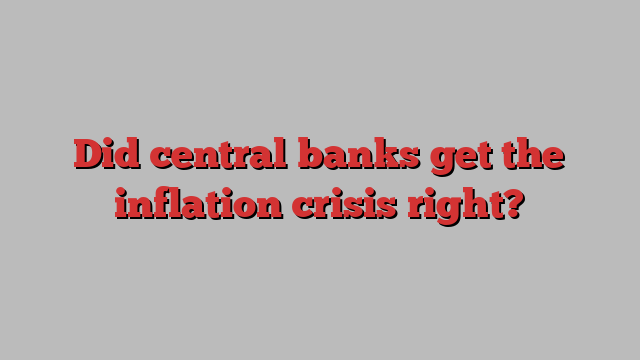
Donald Trump had his own interpretation of the Federal Reserve’s jumbo interest rate cut this week — and it was characteristically gloomy.
Wednesday’s decision to slash rates by an unusually large half point, the Republican presidential contender suggested, was indicative of a US economy that was in “very bad” shape.
Within the walls of the Fed, America’s economic prospects are viewed very differently. Even as the US central bank signalled more rate cuts were to come — and quickly — Jerome Powell, the Fed chair, delivered a strikingly bullish verdict on America’s economic health.
“The US economy is in a good place and our decision today is designed to keep it there,” he told reporters. He made it clear that the downward move was a “recalibration” after rates were held at a 23-year high for more than a year, and not a panicky move to prop up demand.
Across the Atlantic, European central banks are facing a considerably less buoyant economic backdrop. But they have also embarked on their own easing cycles; the ECB cut rates last week for the second time this year, while the Bank of England cut rates last month and suggested on Thursday it would make further cuts this year. The hope is not only that inflation has been slain, but also that the victory has been won without economies falling into recession.
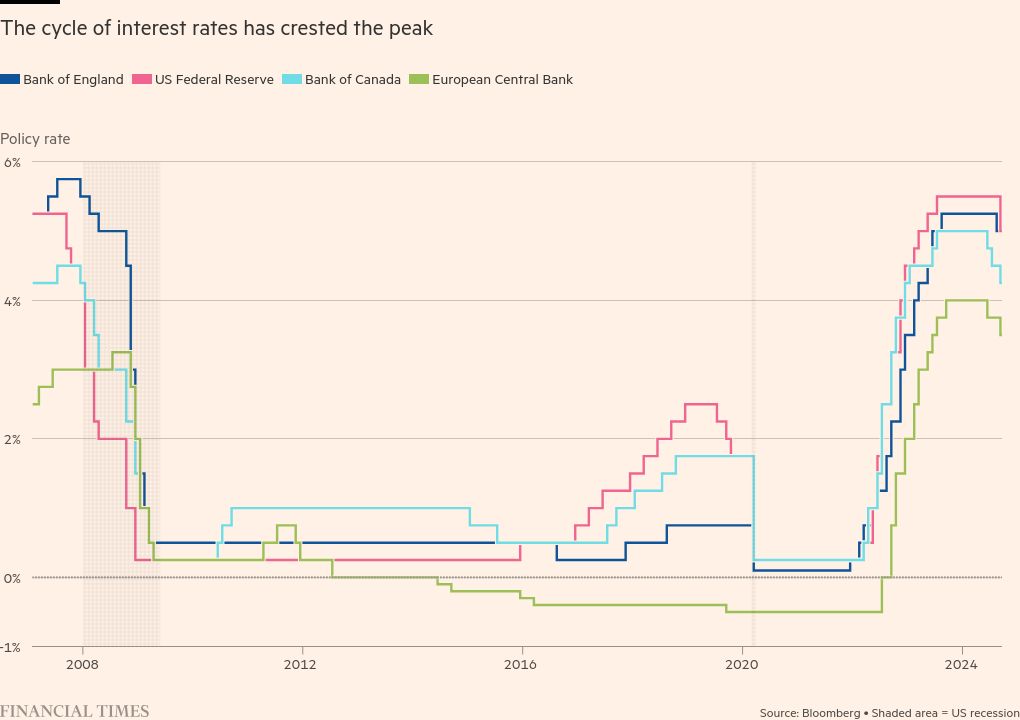
The current situation stands out because rate-cutting cycles in recent decades — for example in the early 2000s, or during the financial crisis of 2007 onwards — have tended to be associated with steep economic downturns.
Two years ago, as prices began to surge in the aftermath of the economic shock of the Covid-19 pandemic and Russia’s full-scale invasion of Ukraine, there were dire warnings that inflation would either spiral out of control or give way to deep economic slumps.
While further geopolitical upheavals remain a constant threat, central bankers are for now permitting themselves sighs of relief. “We have gone through this really aggressive global tightening cycle without the wheels coming off,” says Jens Larsen at Eurasia Group. “I think the central banks have calibrated things pretty well. They will be patting themselves on the back vigorously.”
The US central bank’s most successful recent manoeuvre to rein in inflation was arguably in the mid-1990s under Alan Greenspan.
Back then the Fed doubled rates to 6 per cent in around a year, before easing gently without driving the economy into a recession, as defined by the National Bureau of Economic Research.
But policymakers then were contending with far less severe price pressures than those that confronted Powell and other central bankers after the pandemic and commodity price surge. Inflation across advanced economies exceeded 7 per cent in 2022 while nearing 10 per cent in emerging markets.

As official interest rates surged in 2022, the World Bank was among the institutions flagging the risk of a global downturn. Analysis by Oxford Economics shows that of 42 rate raising cycles since the 1950s in the US, UK, Germany or the Eurozone, and Japan, those associated with recessions outnumber those without by two to one.
Instead, the US has helped the world economy weather the synchronised rate-raising cycle unexpectedly well, with the IMF predicting global growth of a respectable 3.2 per cent this year. “This is a very different easing cycle than most other ones,” says Seth Carpenter, the global chief economist at Morgan Stanley who spent 15 years at the Fed. “Most other easing cycles happen because of recession.”
The US economy is expanding at a solid clip, with the Atlanta Fed estimating this week that GDP growth will rise to about 3 per cent for the third quarter.
The US labour market has lost some momentum as inflation has collapsed from a peak of about 7 per cent in 2022 to 2.5 per cent as of July, measured by the personal consumption expenditures price index. Demand for workers has cooled off at the margins as the unemployment rate has risen, but much of that increase has been driven by higher supply from rising immigration, economists say.
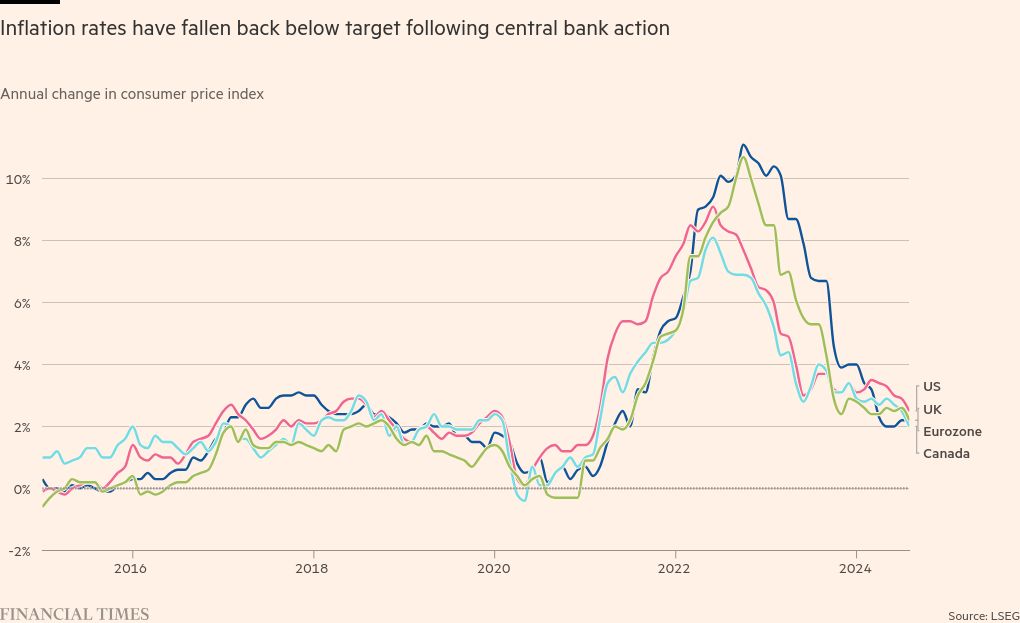
“I don’t see anything in the economy right now that suggests that the likelihood of a downturn is elevated,” said Powell on Wednesday. The decision to enact a bumper half-point cut — a break with the traditional quarter-point moves — was accordingly pitched as an attempt to safeguard a firm labour market, rather than an attempt to forestall a serious downturn.
“There is thinking that the time to support the labour market is when it is strong and not when you begin to see the lay-offs,” Powell told reporters.
The Fed’s large rate reduction sent a signal that large central banks are shifting back towards “business as normal”, said Ben May at Oxford Economics, focusing more on the growth outlook and less on poring over inflation readings. “This supports our expectation of steady and sustained rate cuts from here.”
By comparison with the US, Europe is in a far more economically pallid state, with Eurozone GDP expanding by just 0.2 per cent in the second quarter — a third of America’s pace.
But after an unexpected upsurge this spring, inflation is within touching distance of the ECB’s goal of 2 per cent, alleviating some of the pressure on household income growth.
Yannis Stournaras, governor of the Bank Of Greece notes that Eurozone inflation has fallen from 10.6 per cent in October 2022 to 2.2 per cent now. “We brought it down in just 18 months and managed to have a soft landing in the economy.”
The fact that the ECB from mid-2022 could raise interest rates by an unprecedented 450 basis points within 14 months without pushing the economy off a cliff is remarkable, says Piet Haines Christiansen, a ECB strategist at Danske Bank. “Two years ago, most economists would have said that such a dramatic increase would result in a deep recession.”
Even the most hawkish member of the ECB’s decision-taking body has given up his position. Austria’s central bank governor, Robert Holzmann, the sole member who voted against the first rate cut in June, supported the ECB’s decision to cut rates for a second time in September, telling the Financial Times after the meeting that he sees potential for further cuts of about 100 basis points by mid-2025.
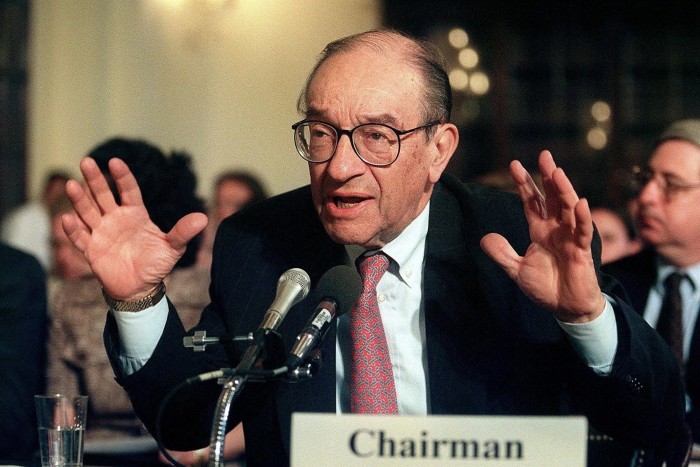
Europe’s biggest vulnerability is the subdued state of domestic demand, which leaves it heavily exposed to the vagaries of the global economy. Nevertheless, the central bank remains wary of offering firm guidance on the pace of rate reductions, in contrast to the more forthcoming Fed.
The consensus view among economists is that, barring surprises, the ECB will lower rates by a quarter point every quarter, but “optionality is the name of the game”, Stournaras stresses.
The Bank of England, led by governor Andrew Bailey, is easing more cautiously than its peers, having executed only a single quarter-point reduction in August, after a year of no change — less than the downward moves to date by the Fed, ECB, Bank of Canada and the Swiss National Bank.
The BoE opted to keep policy steady this week, reflecting continued angst about persistent services inflation and firm wage growth.
It took a tentative step towards offering guidance on the rates outlook, signalling that “gradual” reductions in borrowing costs are now on the cards if the economy does not get buffeted by unexpected shocks.
But having hinted at a further cut before the end of the year, the Monetary Policy Committee went on to muddy the outlook by spelling out three alternative scenarios for inflation, dubbed “cases”. These underscored deep divisions among rate-setters over how aggressively policy should be eased.
As central banks contemplate how far rates will fall, a key question confronting them is where the so-called “neutral” level of interest rates lies — a theoretical rate that is not onerous for the economy, but also does not stimulate it either.
Fed officials had long estimated the neutral rate to be 2.5 per cent or lower, but even before the pandemic conveyed little confidence in those estimates.
Policymakers now wager the neutral rate has risen in face of a range of factors including higher debt loads and supply chain stressors. Powell on Wednesday said that the neutral rate was “probably significantly higher” following the pandemic.
Similarly, ECB executive board member Isabel Schnabel has been arguing for months that the neutral rate is on an upward trend after falling for several decades.
Massive investments into clean energy, digital infrastructure and defence as well as setbacks to global supply chains trade “may have a persistent positive impact on the natural rate of interest”, she said in March. This suggests there may be less scope to cut interest rates than in the past.
Their decision to start the easing cycle without clear signs of a recession has nonetheless made charting the path forward challenging, as central bankers struggle to gauge exactly how rapidly they ought to trim rates.
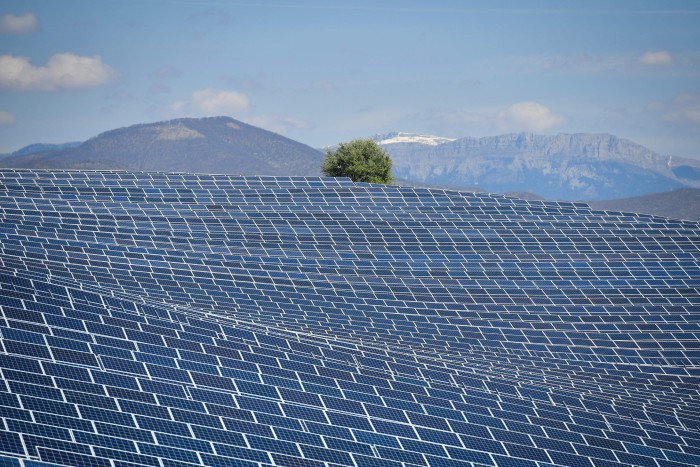
“In terms of when you stop, it’s really hard,” says Dario Perkins, a global macro strategist at TS Lombard, of the cuts. “If the labour market cracks, then they cut very aggressively and we are back to reactionary cycles. If that doesn’t happen and employment starts to pick up again, then I think they stop cutting and we just lock in higher rates.”
Few central bankers are willing to declare victory just yet. Inflation risks stemming from climate change, technological progress and “setbacks in global trade integration” remain rampant, ECB president Christine Lagarde said in a speech on Friday in Washington.
The world is still reeling from “the worst pandemic since the 1920s, the worst conflict in Europe since the 1940s and the worst energy shock since the 1970s,” she said. All these events “have changed the structure of the economy and posed a challenge for how we assess the impact of monetary policy”.
This fear of a fresh price upsurge has been inflamed by the easing of financial conditions and surging stock markets in anticipation of further reductions in borrowing costs. In the US in particular, loose fiscal policy could limit the Fed’s scope for monetary easing.
The prospect of renewed global shocks in a period of geopolitical volatility and rising trade tensions will make the territory extra treacherous. A return by Trump to the White House could herald across-the-board tariffs and renewed trade wars with China, for example.
“Uncertainty will . . . remain higher,” Lagarde said. “We need to manage it better.”
Data visualisation by Ray Douglas